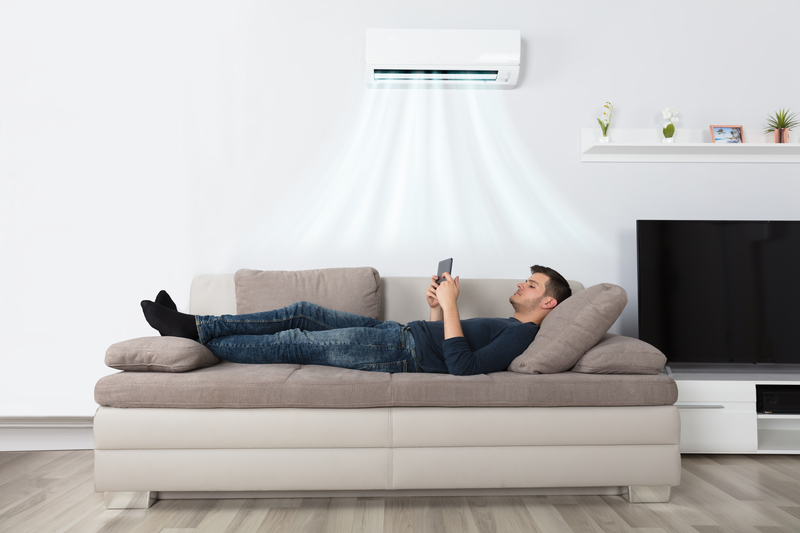
Things You Should Know About Your AC!
If your AC is not cooling enough, it’s important to take a look at your filter and your outdoor condenser. The filter will be located inside your home either with the equipment, or behind a grille inside your home. It is very important that the filter is changed or cleaned regularly in order to filter the air properly and prevent the indoor coil from getting dirty. Filters will get dirtier faster if: there are multiple pets; there is a dusty outdoor environment such as dirt roads, fields, or construction; and if carpets are infrequently vacuumed. As a side note, there is a possibility that your AC system may be doing all it can do during extreme heat conditions.
Keep the Outdoor Condenser Clean
While changing the air filter is the first basic step to take, you also need to be sure to keep the outdoor condenser clean. This means all sides should have nothing clinging to them (the sides look like radiator fins). If you do see dirt, leaves, grass clippings, cottonwood, use a hose with a spray nozzle to rinse the sides off – starting at the top and working your way down. However, don’t forget to turn off the power first! When you plant new bushes, do it at least 24-36 inches from the outdoor unit. If you have mature bushes near the outdoor unit, keep them trimmed to 12-18″ away. The outdoor unit needs to “breathe” freely without any hindrance. If you already have bushes planted around the AC, be sure to keep them trimmed to allow the recommended clearance. Do not place anything above your outdoor unit such as a shade, awning, fence, etc. Air blows out the top of the air conditioner and it must be able to blow out freely without any hindrance whatsoever.
Check for Frost
During the summer, if you see frost on the outdoor or indoor pipes, your system is frozen and will not cool properly. The system must be thawed in order to solve this issue. The quickest way to thaw the system is to turn the AC off at the thermostat but turn the FAN to ON. This will force warm air over the ice to thaw it quicker. It may still take 2 hours to thaw. Once the air conditioner is thawed, when you turn it on, it may start cooling again and continue to cool until it freezes up again- maybe a day or two. This freezing and thawing routine will continue until the root problem, which could be a dirty filter, is resolved. If changing your filter does not remedy the situation, call for service. Do not set your thermostat below 70°, as it will not cool any faster and could freeze up the system, causing more problems.
Water Coming Out of Your AC?
If you see water leaking from an outdoor pipe or pipe located above a bathtub, this means that your primary condensate drain has a problem and the water is traveling through the emergency drain system. This pipe is usually located in a conspicuous area so that you will easily see the water dripping and know that there is a problem. If the drain line gets clogged with dust, dirt, sludge or mold, that water backs up into your home. In that case, you’ll need to unclog it. There are multiple unclogging methods, like using a wet/dry vac on the condensate line. Less common causes are damaged or rusted drain pan, broken condensate pump, dirty air filter, or low refrigerant.
Old, inefficient systems are often beyond help. Up until about the last 10 years, even the units that were labeled as energy efficient used more electricity than those more recent models. If your unit is more than 10 years old and is always in need of repair – or even if you and your family are uncomfortable – consider replacing the system. There are plenty of affordable options out there. All in all, knowing a bit about your central air conditioner unit can help you extend its life and keep it running efficiently. However, remember to call a professional if these home fixes don’t do the job. Don’t hesitate to contact McMillin Air: 623-432-5202!


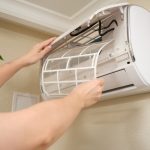
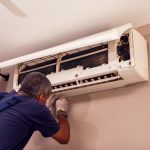
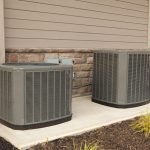
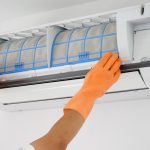


0 comments